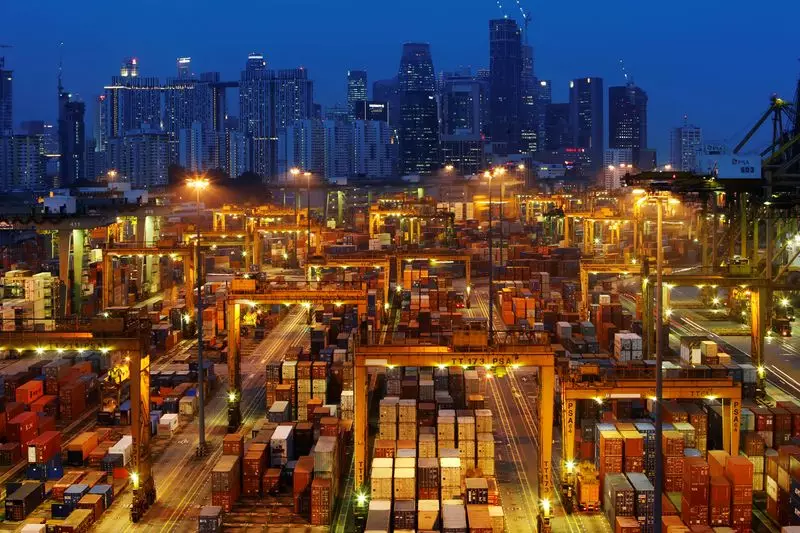The landscape of the global economy appears poised for moderate growth over the next couple of years, contingent on external factors such as protectionism and global trade dynamics. According to the Organisation for Economic Cooperation and Development (OECD), projections suggest a growth rate of 3.2% for the current year, slightly increasing to 3.3% by 2025 and onward. This optimism is predominantly based on favorable conditions such as declining inflation, increasing job opportunities, and anticipated interest rate reductions across various nations. Nonetheless, an undercurrent of concern about rising protectionist measures looms large over these forecasts.
The OECD’s cautious optimism is distinctly characterized by the balancing act between potential growth and emerging protectionism. After a period of stagnation in global trade, the organization posits that trade volumes are projected to rebound sharply by 3.6% in the forthcoming year. However, a significant cloud hangs over this forecast—growing protectionist rhetoric, particularly from influential economies like the United States, threatens to disrupt supply chains and inflate consumer prices. The causative impact of such trade maneuvers on global economic growth is precarious, and the OECD emphasizes that unchecked trade tensions could dent the positive momentum currently being observed.
In the United States, the economic outlook reflects ambivalence. While growth stood at a robust 2.8% this year, the OECD expects it to cool to 2.4% in 2025 and further decline to 2.1% in 2026. This trajectory raises critical questions about the sustainability of U.S. consumer spending, particularly as the employment market begins to exhibit signs of cooling. As discretionary spending pulls back, the implications for the domestic economy become increasingly profound. Policymakers may find themselves at a crossroads, facing the dual challenge of fostering growth while navigating rising consumer prices caused by global supply challenges.
China: Ebbing Growth Amidst Easing Measures
China’s economic forecast reveals a similar trend of deceleration. The OECD predicts the superpower’s growth will decline from 4.9% in 2024 to 4.4% by 2026. This slowdown presents a paradox; despite the government’s strategies involving monetary and fiscal easing aimed at stimulating consumer demand, high levels of savings during a climate of economic uncertainty are keeping spending lethargic. As consumers continue to prioritize saving for emergencies over immediate expenditures, China’s growth strategies may require recalibration to ignite vibrant consumption levels.
Conversely, the eurozone presents a somewhat more encouraging forecast. Investment dynamics, supported by accommodative central bank policies and robust labor markets, are likely to bolster consumer spending. The OECD estimates an uptick in growth from 0.8% this year to an expected 1.5% in 2026. This trajectory is important as it indicates a potential recovery, fueled by structural reforms and improved economic conditions. Sustaining this momentum will, however, necessitate resilience against external shocks and adherence to fiscal prudence.
The United Kingdom’s economic story is similarly marked by conflicting forces. A projected recovery from 0.9% this year to 1.7% in 2025 is tempered by rising public spending and increased taxes, highlighting the complexity of the economic environment in post-Brexit Britain. On the other hand, Japan’s economic forecast paints a picture of slow rebirth, predicting a rebound from a contraction to 1.5% growth in 2025 before moderating.
As the OECD indicates, the future outlook of the global economy is intricately tied to various interacting factors. While many major central banks continue to loosen monetary policies in response to easing inflation, the overarching need for government action to stabilize public finances remains pressing. Given the delicate interplay between growth potential and external risks, navigating the future will demand strategic foresight and policy agility, lest the global economy falter in the face of burgeoning challenges.

